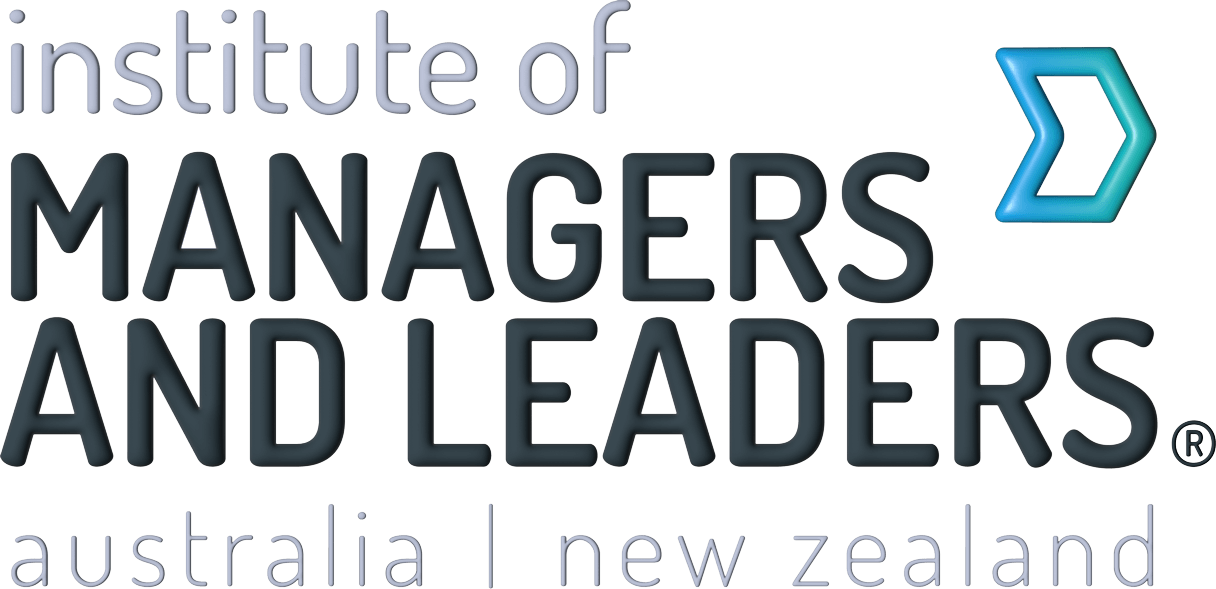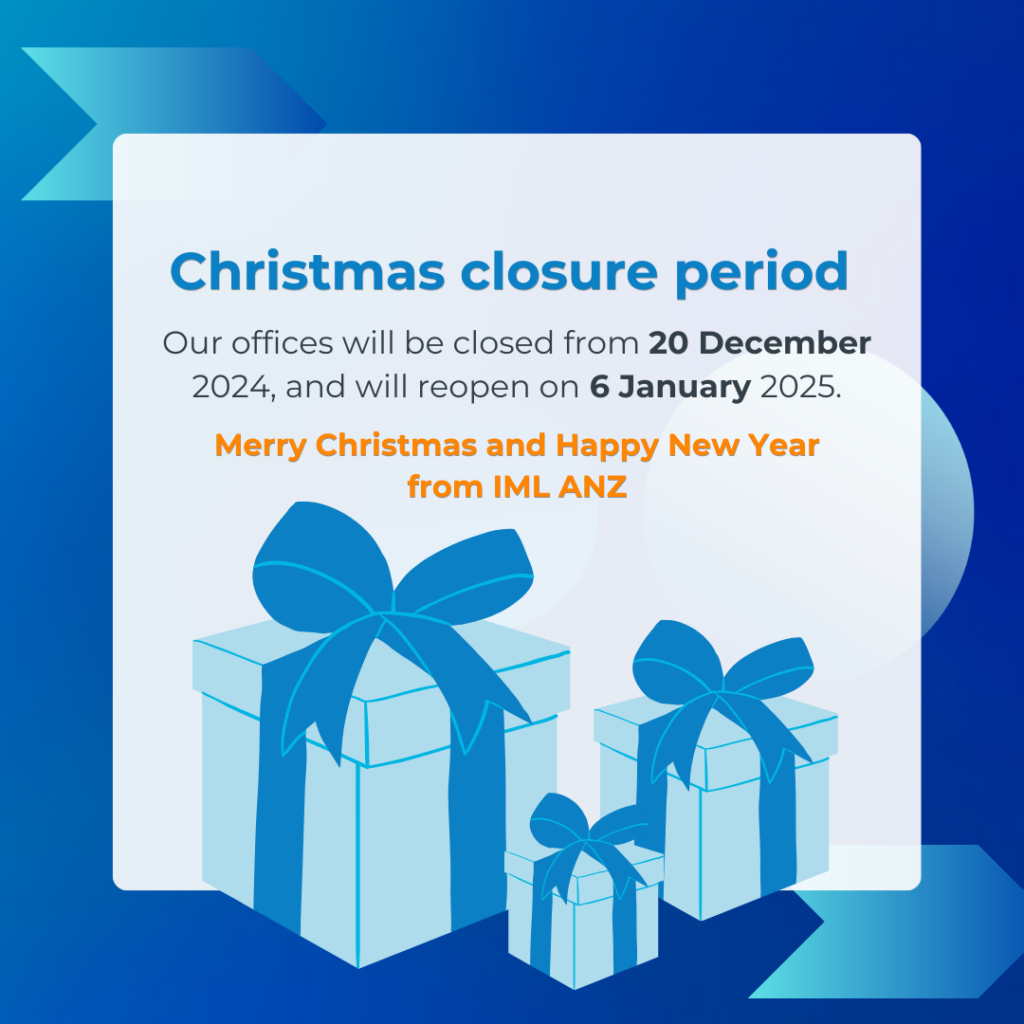By Peter Cullen FIML
The transition from an office environment into a home-office (and school for some) environment was a concern for many. How to juggle work, family and isolation in the one space presented a multitude of challenges.
It’s natural then that making the transition back to the workplace may also raise many concerns. These may include a feeling of loss of family and home, insecurity, concerns for personal safety, trepidation, and unease about new workplace expectations and protocols. The transition may also create many positives such as the excitement of seeing colleagues, sharing experiences, relief, familiarity, freedom from home and many more.
This mix of strong emotions and concerns means leaders need to make the transition as seamless as possible.
Of course, businesses must implement and meet government standards for the workplace detailing all the necessary protocols to put in place, adhere to and monitor. People re-entering the workplace must also be informed and reminded of these ongoing requirements and updates as they arise.
But as the leader and role model, what can you do to ensure that you are not only meeting business requirements for the transition back but also looking after the needs of your team?
Here are three areas to consider:
Lead yourself
You know the time frame for this transition. You will need to put a basic plan together with goals, timelines and outcomes then engage the team to help build the plan for the transition back to the workplace.
While it is crucial to consider the needs of your team, it is also vital to manage your own emotional state during this transition as you are the role model for your team. Whatever you do or say is contagious and becomes permissible for them to do.
Do you reflect on what you are experiencing and how you are feeling? It is enormously beneficial to monitor yourself honestly. Stop and ask yourself some questions. How did that experience impact me? How am I feeling right now? It is a very simple exercise in gauging where you are versus where you need to be, especially when you are about to communicate with individual team members and the whole team. Your emotional state will impact them and the outcomes of your engagement with them. What can you do to help yourself to be in the right emotional state when engaging with your team?
Lead team members
Listen and show your team members that you value their time. We need to recognise each person has experienced COVID-19 and isolation differently, so communicate with each member in a manner and frequency that best meets their personal needs. It may be best to ask each team member what that looks like for them. There is also a need to listen more than we speak and ensure people know you genuinely care about them and are interested in them as an individual. Try to ask probing and expansive questions, so the focus is on the team member and their experiences. Be 100% focussed on them without any distractions. Remember, it is about them, not you.
Team members need to feel safe during and after each meeting. We need to communicate with empathy whilst being open, honest, transparent, consistent and confidential.
Ensure you follow up on additional information or support the team member requires.
Lead the organisation
Now is an excellent opportunity to push the reset button as the workplace and the team’s role within it, may have changed. Determining what the changes to the workplace looks like is a priority for you and your team. Work together to acknowledge, adapt to and accept the new norm.
As the leader, it is up to you to re-engage the team in the workplace. Ask the questions and facilitate conversations around how we can best work together, and how we can re-establish the team’s purpose, goals and expectations to ensure whether these are all still valid. The critical piece is the engagement of the team in this process and outcomes they arrive at. They will then have more of a reason to move forward together as a team. Be the leader your team need you to be.
Peter Cullen is a Fellow of IML ANZ. He is an education and training facilitator who helps participants in developing and implementing their capabilities as managers and leaders.
Life after lockdown
Social isolation has had a huge impact on the mental health of many professionals, including managers and leaders.
Join Jack Heath, CEO of Sane Australia to discuss some tips and strategies for looking after your mental health and wellbeing during these difficult times. Book now for the IML ANZ Virtual Event: Life after lockdown.



